Contents
The Media Offensive

William A. Taylor, Series Editor
The Media Offensive
How the Press and Public Opinion Shaped
Allied Strategy during World War II
Alexander G. Lovelace
 University Press of Kansas
University Press of Kansas
2022 by the University Press of Kansas
All rights reserved
Published by the University Press of Kansas (Lawrence, Kansas 66045), which was organized by the Kansas Board of Regents and is operated and funded by Emporia State University, Fort Hays State University, Kansas State University, Pittsburg State University, the University of Kansas, and Wichita State University.
Library of Congress Cataloging-in-Publication Data
Names: Lovelace, Alexander G., author.
Title: The media offensive : how the press and public opinion shaped Allied strategy during World War II / Alexander G. Lovelace.
Other titles: How the press and public opinion shaped Allied strategy during World War II Description: Lawrence, Kansas : University Press of Kansas, 2022 Series: Studies in civil-military relations | Includes bibliographical references and index.
Identifiers: LCCN 2021043894
ISBN 9780700633289 (paperback)
ISBN 9780700633296 (ebook)
Subjects: LCSH: World War, 19391945Press coverage. | World War, 19391945Public opinion. | Politics and war. | Allied ForcesPress coverage.
Classification: LCC D798 .L68 2022 | DDC 070.4/333dc23/eng/20220121
LC record available at https://lccn.loc.gov/2021043894.
British Library Cataloguing-in-Publication Data is available.
Printed in the United States of America
10 9 8 7 6 5 4 3 2 1
The paper used in the print publication is acid free and meets the minimum requirements of the American National Standard for Permanence of Paper for Printed Library Materials Z39.481992.
To my brilliant and beautiful wife, Kelley Bergsma Lovelace, PhD
William A. Taylor
In The Media Offensive: How the Press and Public Opinion Shaped Allied Strategy during World War II , Alexander G. Lovelace explores the powerful, intricate, and significant links between the media and the military during World War II. Throughout this exceptionally fine book, Lovelace shows how the military employed media within the conflagration of total war and explores why the reasons for doing so varied, at times quite dramatically, ranging from improving resolve to deception operations. Lovelace establishes how once enjoined, the strong combination of the military and the media proved quite formidable but also changed both partners in intriguing ways. Commanders sought to shape public opinion through the media, but military strategies often also morphed in response.
In this innovative and pioneering work, Lovelace contributes to literature on the media during World War II by showing how the media, and by extension public opinion, affected the military in momentous ways, including vital choices on battlefields around the globe. Lovelace covers a striking array of examples, highlighting the essential partnership between the media and the military during World War II, including President Franklin D. Roosevelts Germany First strategy, Gen. Douglas MacArthurs exploits in the Southwest Pacific Area Theater, Lt. Gen. Dwight D. Eisenhowers and Maj. Gen. George S. Patton Jr.s campaigns in North Africa and Sicily, Lt. Gen. Mark W. Clarks actions in the Italian campaign, and the medias influence on an operation as large as D-Day as well as throughout the final campaigns of World War II. Lovelace concludes his work by exploring the changing context of subsequent limited wars for the media-military relationship previously evidenced during total war. Along the way, Lovelace uncovers a series of crucial dichotomies in a democracy: media and military, public opinion and battlefield decisions, home front and front line, civilian and military, and national interest and international security.
Lovelace expertly conveys a number of weighty themes that advance understanding of the media, the military, and the complex liaisons between them during World War II. He illustrates the ways in which the media and the military worked together to accomplish national goals during total war. In doing so, Lovelace adds a nuanced perspective on this vital affiliation, exhibiting how the media maintained its independence to be critical at times, revealing by what means the military sought to leverage accurate reporting for positive results, and exposing in what ways both entities recognized the value of even bad news. Among many noteworthy achievements, Lovelace clearly expounds how the United States used the media as one potent weapon in its arsenal during World War II. Lovelace discloses one of the major developments of this total war, emphasizing the media as a key component of military affairs. The medias newfound position and prominence reinforced information as a vital instrument of national power to be leveraged in combination with diplomatic, military, and economic capacity within coherent grand strategy.
Lovelace grounds his cogent analysis in a most impressive plethora of archival research from dozens of manuscript collections located at fifteen repositories across the country. Equally extraordinary, Lovelace integrates his extensive primary source research into the existing literature, displaying an outstanding command of both timeless classics and the newest research. The commendable result is a groundbreaking work that enhances comprehension of the multifaceted and complicated connections between the media and the military during World War II. Readers interested in the subtle yet profound sway of the media on strategic decision-making during World War II will greatly profit from reading this book. In addition, anyone drawn to the media, the military, total war, and many important intersections among them will find immense value in this deeply researched, lucidly written, and convincingly argued book that breaks much new ground on the ways in which the media proved both largely indispensable and highly instrumental during World War II.
I once had an idea for a book of quotations entirely comprising awkward expressions of gratitude taken from other books acknowledgment sections. I still think it is a splendid idea. Nevertheless, attempting to recognize my own debt in writing this book has helped me appreciate the difficulty of expressing deeply felt gratitude.
I must start by thanking Dr. Ingo Trauschweizer for his endless help, careful edits, and unending patience. I could not ask for, nor imagine, a better adviser. Thanks are also due to Dr. Chester Pach and Dr. Michael Sweeney, both of whom gave excellent advice on the manuscript. Particular thanks are due to Dr. John Brobst, whose unswerving generosity with his time, unsurpassed knowledge of his subject, and dedication to graduate studies has greatly enriched my time at Ohio University.
Thanks are likewise due to the faculty and staff of the History Department at Ohio University and the Contemporary History Institute (CHI). These include Drs. Patrick Barr-Melej, T. David Curp, Marvin Fletcher, Steven Miner, and Assan Sarr. Particular thanks are due to Dr. Robert Ingram, whom I worked for as a teaching assistant for six semesters, and Dr. Paul Milazzo, who served on my comprehensive examination committee. I must also thank Connie Hunter for helping make CHI a more enriching experience. Thanks are also due to Sherry Gillogly and Brenda Nelson, who administered the distribution of the grant money that made my research trips possible.


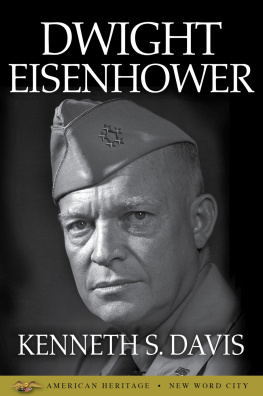

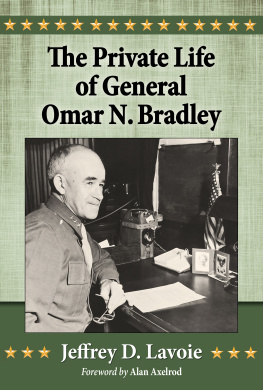
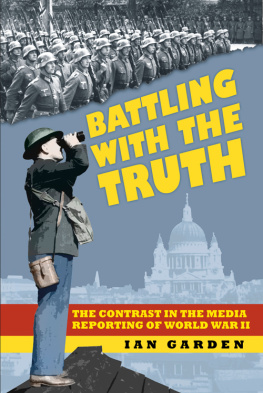
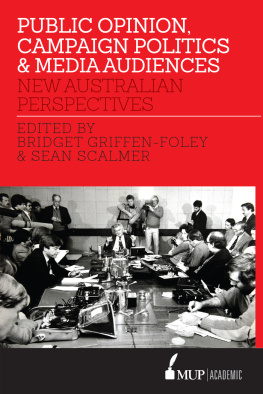
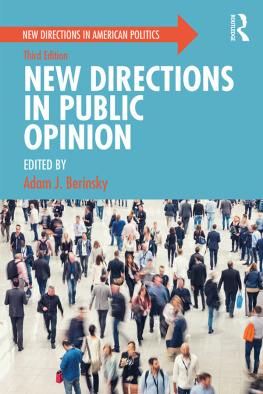
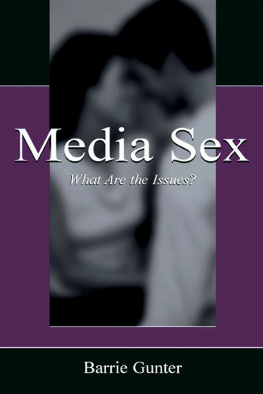
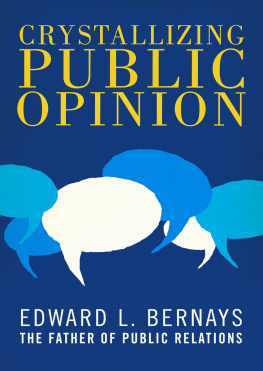
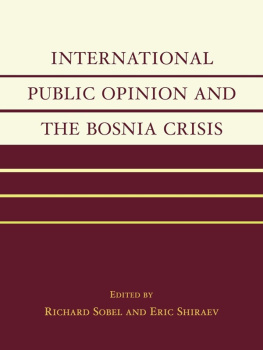
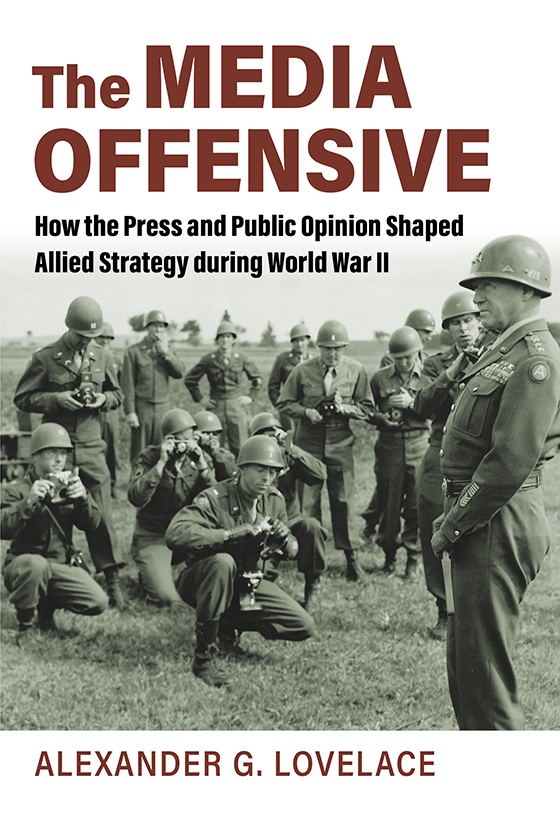

 University Press of Kansas
University Press of Kansas